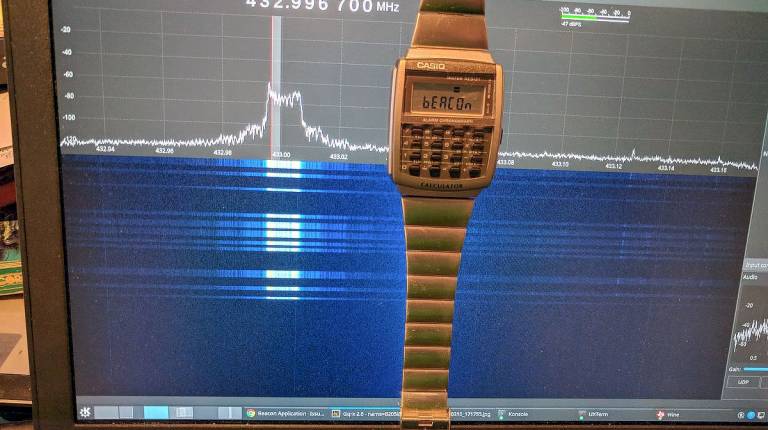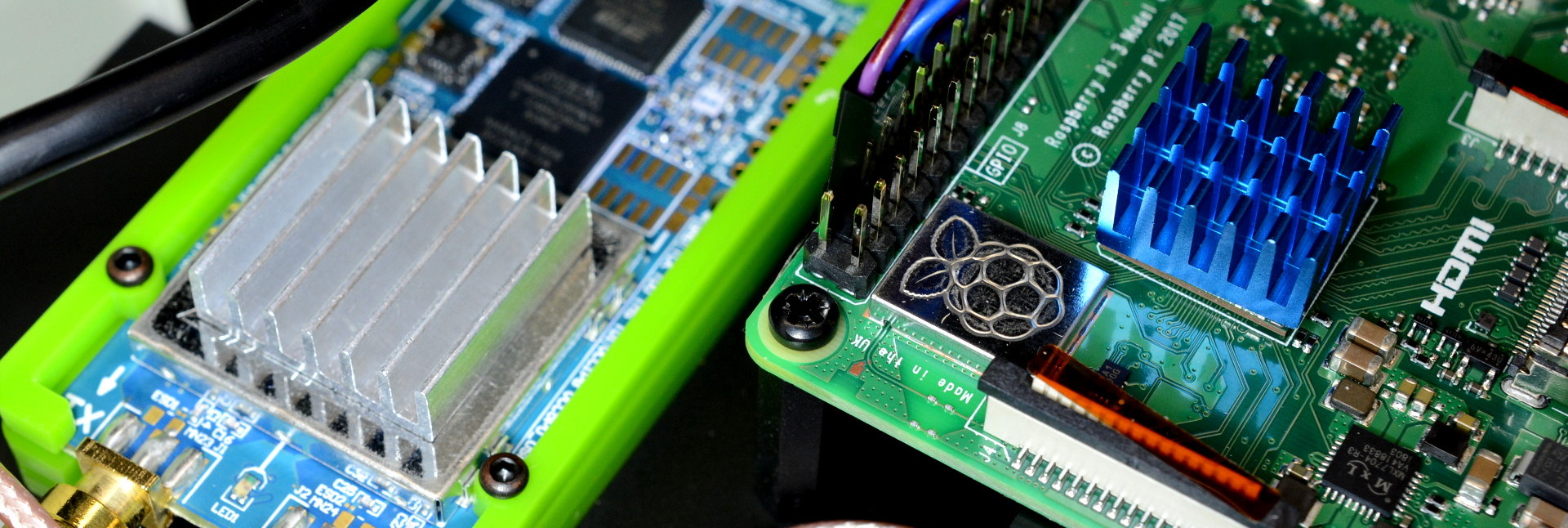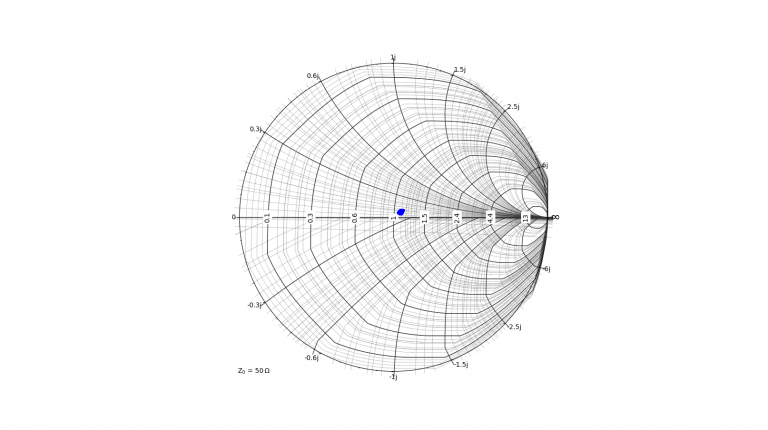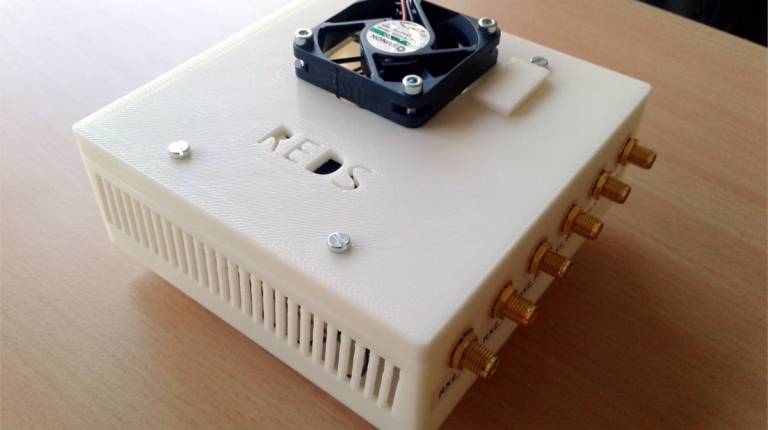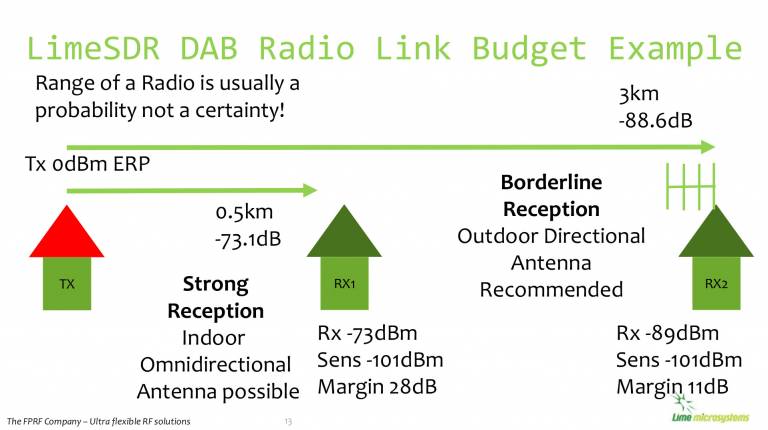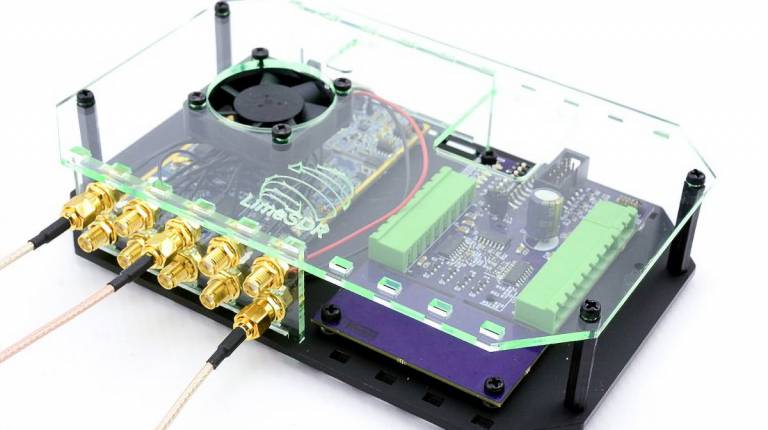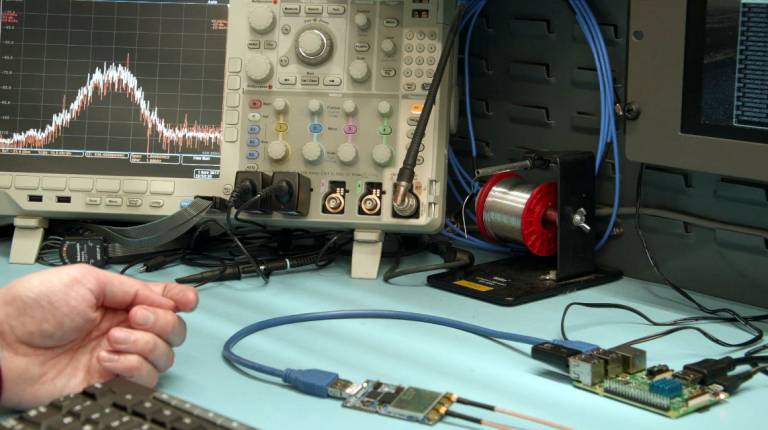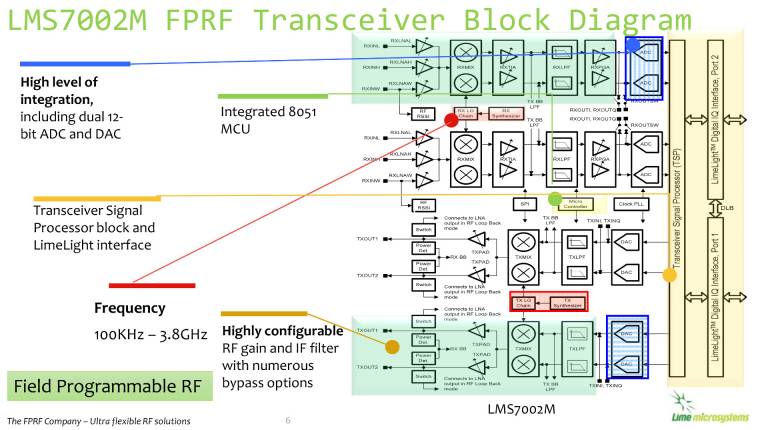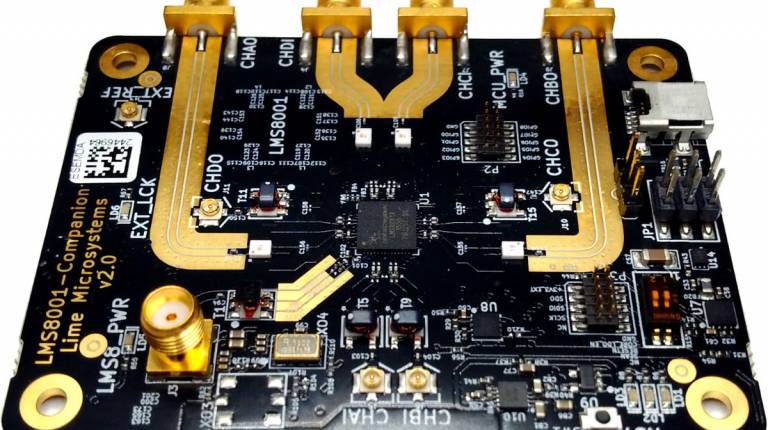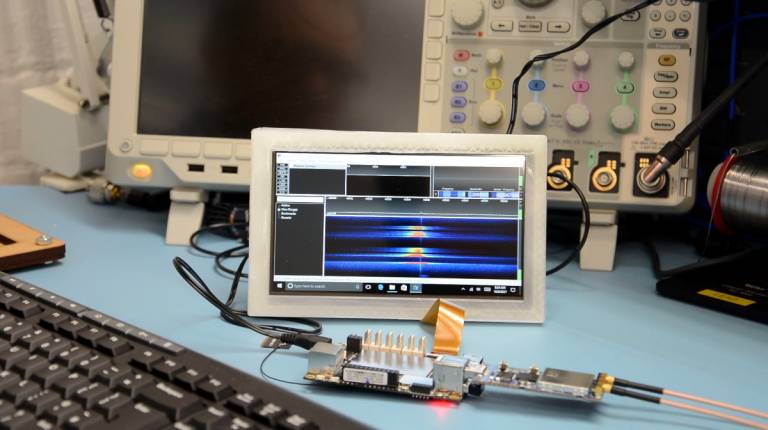OTA: RAN Competition, ScratchRadio Updates, a Ham Watch, and More
BT and Lime Microsystems have launched a competition for all LimeSDR, LimeSDR Mini, and LimeNET users: build a radio access project and pick yourselves up a LimeSDR with official aluminium case plus the potential to publish your creation in the LimeNET app store. Designed to encourage the development of…
